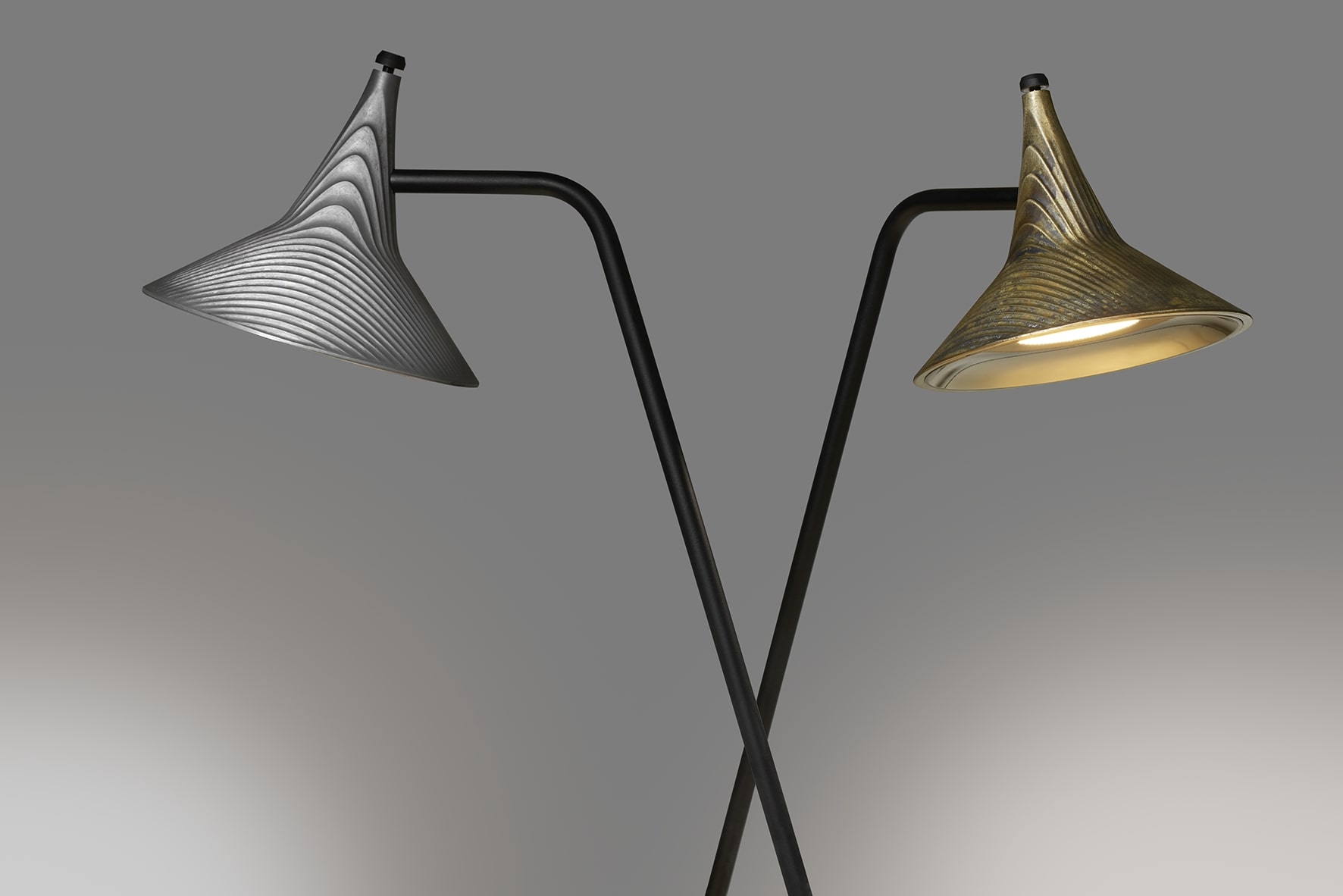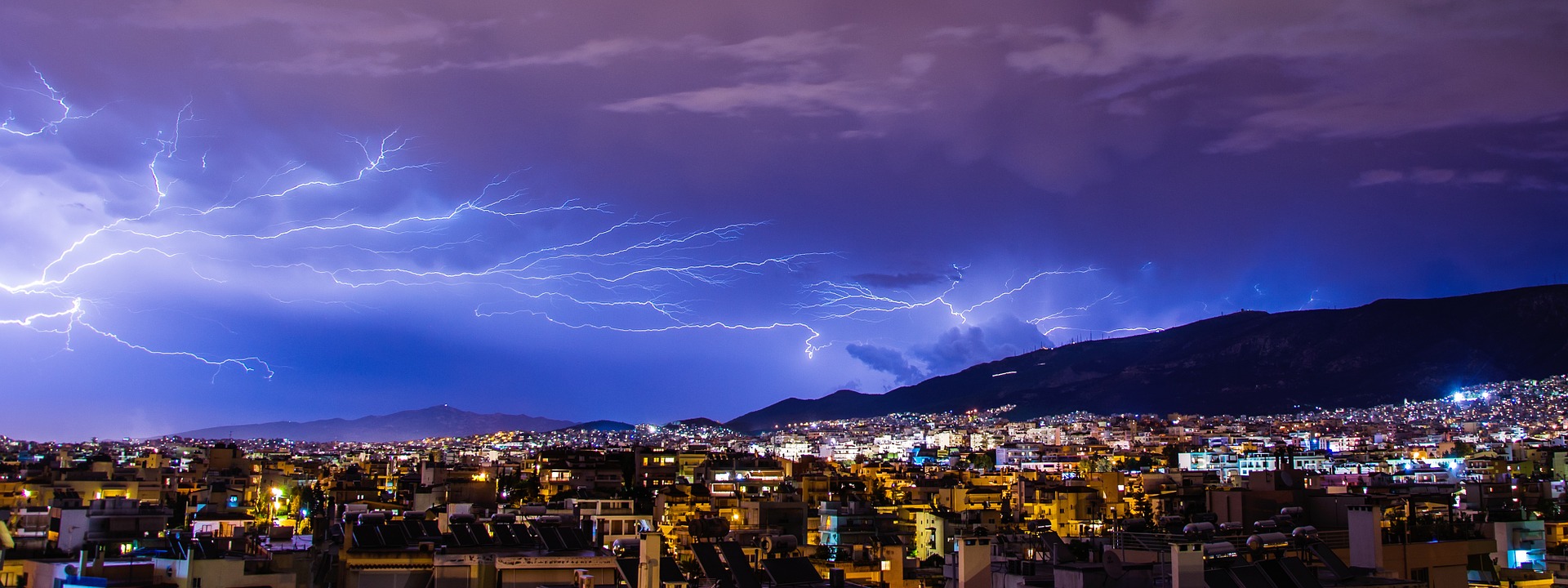Join our technical team

Home Automation Made Easy: Introducing The Arteor With Netatmo From Legrand


In Malta, throughout Autumn and Winter we are often at the mercy of frequent storms; dramatic thunder claps awakening us in the middle of the night, with bold, brazen lightning strikes piercing our skies. But while cooing over dramatic weather photos shared on social media the next day, never underestimate the very real and present danger that lighting strikes cause. A typical lightning strike contains more than 100 million volts of electricity.
Insurers worldwide say claims for house fires and damage caused by charges from lightning is on the up, and that these occurrences are among the costliest insurance risks. Just consider for a moment the amount of smart- technology you leave plugged in overnight and the number of storms we’ve experienced lately. Then think about the valuable personal data you have on this tech. Lightning and its associated power surges can disrupt, degrade or fry your home tech and smart devices connected throughout your home.
Thankfully, scientific understanding of this weather phenomena has advanced and technology like LIGHTNING PROTECTION SYSTEMS now exist, helping people safeguard their property and the people inside, should they encounter a direct lightning strike. These professionally designed and installed lightning protection systems save lives, while preventing damage to your property and contents.
Definitely safer and more effective than sleepily walking around indoors unplugging your devices from their sockets mid-thunderstorm and hoping for the best. We can’t stop lightning strikes and surges from happening, but why not offset potential danger by investing in a specially installed Lightning Protection System?
Many modern Lightning Protection Systems use lighting rods and owe a lot to the discoveries of one of America’s founding fathers, Benjamin Franklin and his famous kite experiment of 1752. Franklin was passionate about science and meteorology – he flew a kite mid-thunderstorm harnessing the ambient electrical charge in a Leyden jar, helping him prove the connection between lightning and electricity. Franklin later went on to invent the lightning rod used to protect buildings and ships.
So, today a Lightning Protection System still uses a grounding system. Certified protection systems use lightning rods, which connect to a bonding system and then a grounding system; essentially intercepting a strike, containing it safely and then re-routing this mega electricity away from your property and directly into the ground ensuring that no further damage is done.
If you already have a Surge Device installed, that’s great, just remember surge devices are most effective with secondary strikes. If you are victim of a direct strike you will need a grounding network to re-route this mega 100 million volt of electricity into the ground.
At Elektra, we are proud to work with A.N. Wallis and Co Ltd, one of the world’s leading Electrical Earthing and Lightning Protection component material manufacturers and suppliers. Their team of highly experienced Engineers and Technicians design Lightning Protection Systems (LPS) to IEC 62305 standard, complying with National and International regulations. All these Lightning Protection Systems adhere to industry standards and require a certified technician for the installation.
Why not invest in an LPS system for your property? That way, the next time you’re woken in the middle of the night by a thunderclap you can pop in your earplugs and return back to sleep, safe in the knowledge that your home and everything inside is protected from the storm.
Visit our Elektra store in Qormi, where our expert team are always happy to help.

